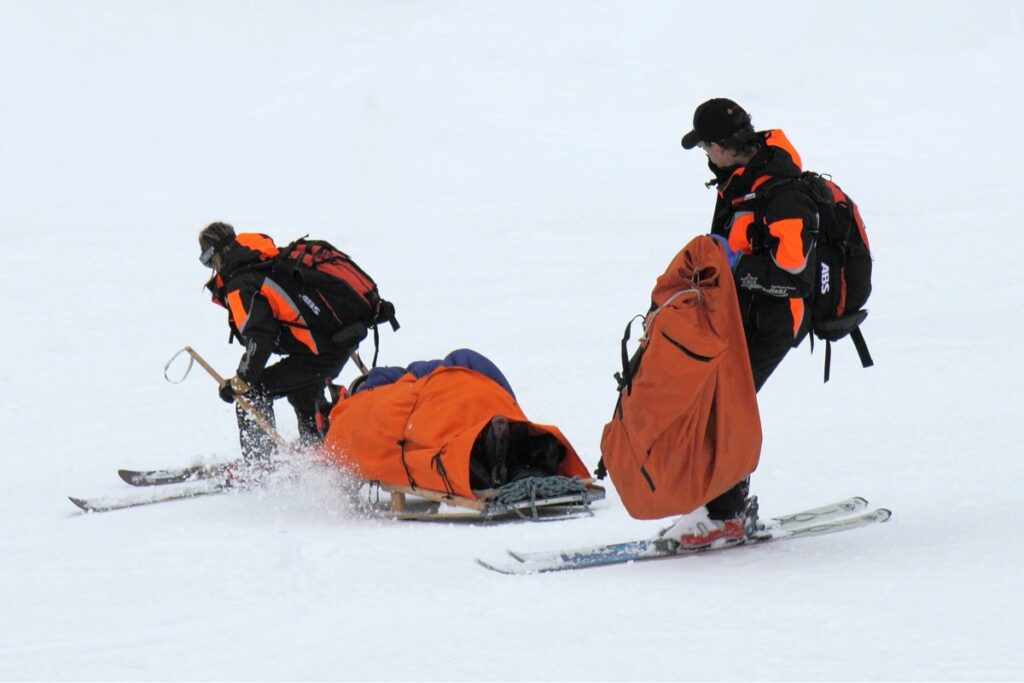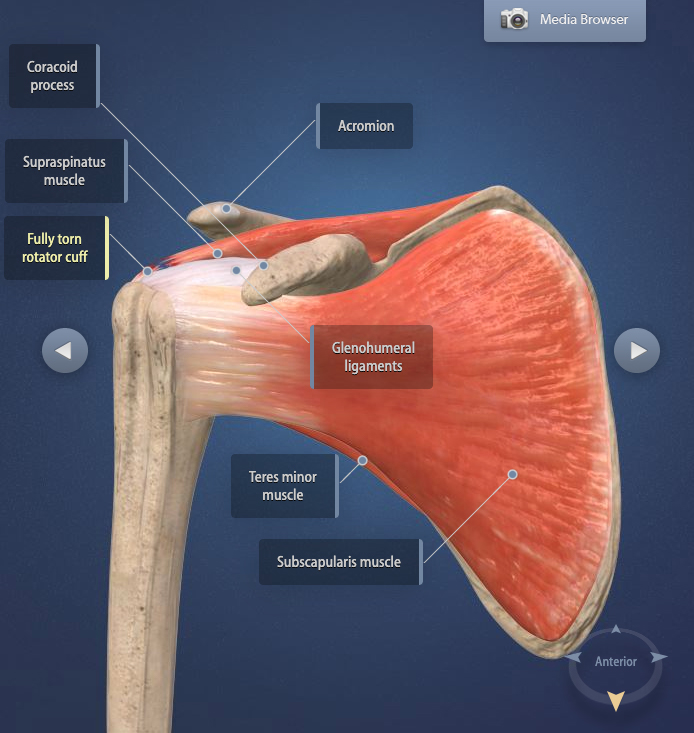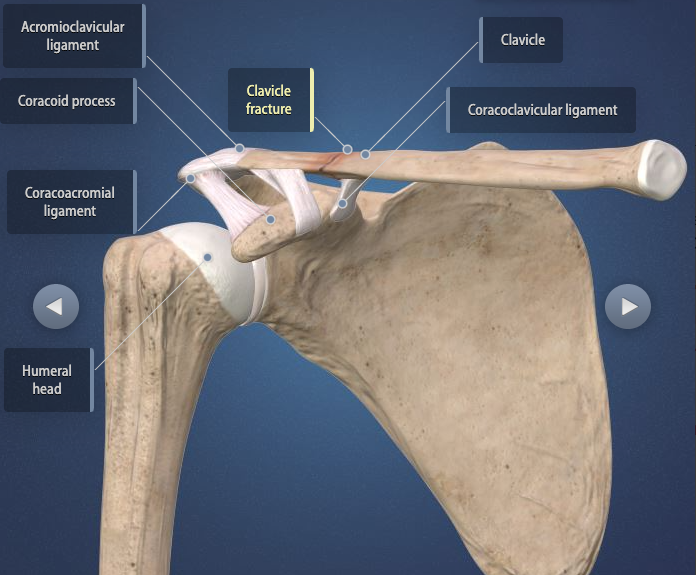The 4 Most Common Shoulder Injuries from Skiing & Snowboarding
Since the mid-1970s, skiing and snowboarding injuries have dropped by about 50%. Currently, there are roughly two injuries per 1,000 skier visits. Despite advancements in gear and mountain operations contributing to this decline, researchers at Johns Hopkins estimate that 600,000 skiers and riders sustain shoulder injuries from skiing annually in the US.
Lower limb injuries, especially ACL tears from skiing accidents, are common on the slopes. However, upper-extremity injuries occur more frequently than you might expect.
A study in the British Journal of Sports Medicine reveals that shoulder injuries account for 4 to 11 percent of all alpine skiing injuries. Additionally, these injuries represent 22 to 41 percent of upper-extremity skiing injuries. In snowboarding, shoulder injuries constitute 8 to 16 percent of all injuries. Interestingly, they make up only 20 to 34 percent of upper-extremity injuries. This highlights the significant yet varied impact of shoulder injuries across different winter sports.
Most Common Shoulder Injuries from Falling while Skiing & Snowboarding
Rotator Cuff Tears
The rotator cuff consists of four muscles in the shoulder that unite to form a single, large tendon. This tendon plays a crucial role in stabilizing the shoulder joint. It compresses the head of the humerus against the joint’s cavity, ensuring stability while permitting a wide range of motion. Specifically, the four muscles—subscapularis, infraspinatus, supraspinatus, and teres minor—contract during arm movements. As a result, they secure the humeral head firmly within the shoulder socket, maintaining proper alignment and function.
Rotator cuff tears from skiing and snowboarding are most often a result of a trauma — such as a fall or an impact with a tree, tower or another person. Such accidents can put pressure on the shoulder joint, causing it to twist which can result in a rotator cuff tear. Rotator cuff pain is the most common torn rotator cuff symptom.
Dislocated Shoulder
As the body’s most mobile joint, the shoulder can move in a variety of ways and directions. Unfortunately, the blunt trauma of a ski or snowboard accident can push the shoulder joints’ flexibility to its limit — and cause a dislocation. A partial dislocation (called a subluxation) occurs when the head of the humerus (the upper arm bone) is partially out of the shoulder socket (the glenoid). A complete dislocation means the humerus is completely out of the glenoid.
There are three different kinds of shoulder dislocations. An anterior shoulder dislocation is when the shoulder slips forward, a posterior shoulder dislocation is when the shoulder is displaced backward and an inferior dislocation is when the humerus dislocated downward. In most cases, an orthopedic shoulder specialist will treat a partial or complete dislocated shoulder by manually pushing the humerus back into the joint socket.
AC Joint Separations
Commonly referred to as a separated shoulder, this shoulder injury actually involves the acromioclavicular joint (AC joint), not the shoulder joint. Located at the top of the shoulder, the AC joint is where the collarbone (clavicle) connects to the highest point of the shoulder blade. There are three “grades” of AC joint separations.
Grade 1 AC Separation
A grade 1 AC separation is a mild separation where the AC ligament is sprained. These mild separations do not move the collarbone and the joint appears normal on X-rays.
Grade 2 AC Separation
In a grade 2 AC separation, the AC ligament is torn and the coracoclavicular (CC) ligament is sprained or slightly torn. These tears allow the collarbone to move out of alignment and result in a small bump.
Grade 3 AC Separation
A grade 3 AC separation is the most severe, in which the injury involves complete tears of the AC and CC ligaments. With a complete separation, the AC joint is noticeably out of place and causes a large bump on the shoulder.
AC joint separations occur in both skiers and snowboarders, however, snowboarders are more prone to AC separations due to the nature of a snowboarder’s stance while riding.
Fractured Shoulder
There are three main types of shoulder fractures: a clavicle fracture, a humerus fracture and a scapula fracture.
Clavicle Fracture
The clavicle, better known as the collarbone, is a long, thin bone that stretches from the base of the neck to the shoulder, and connects to the shoulder via the AC joint. A clavicle fracture results from a direct impact to the collarbone and is an extremely common injury for snowboarders.
Humerus Head Fracture
The head of the humerus (upper arm bone) is the “ball” of the shoulder ball-and-socket joint. A proximal humeral fracture occurs when the head of the humerus is fractured. There are two other types of humerus fractures — shaft and distal fractures — though these types of injuries don’t affect the shoulder as much as a proximal humeral fracture.
Scapula Fracture
Colloquially called the shoulder blade, the scapula is a flat, triangle-shaped bone in the upper back that is the primary connection between the chest and arm. Unlike clavicle fractures, scapula fractures are extremely rare, making up less than 1 percent of all broken bones.
If you have suffered a shoulder injury while skiing or snowboarding, or have a question for one of our orthopedic shoulder surgeons, please feel free to contact us.



Leave a Reply